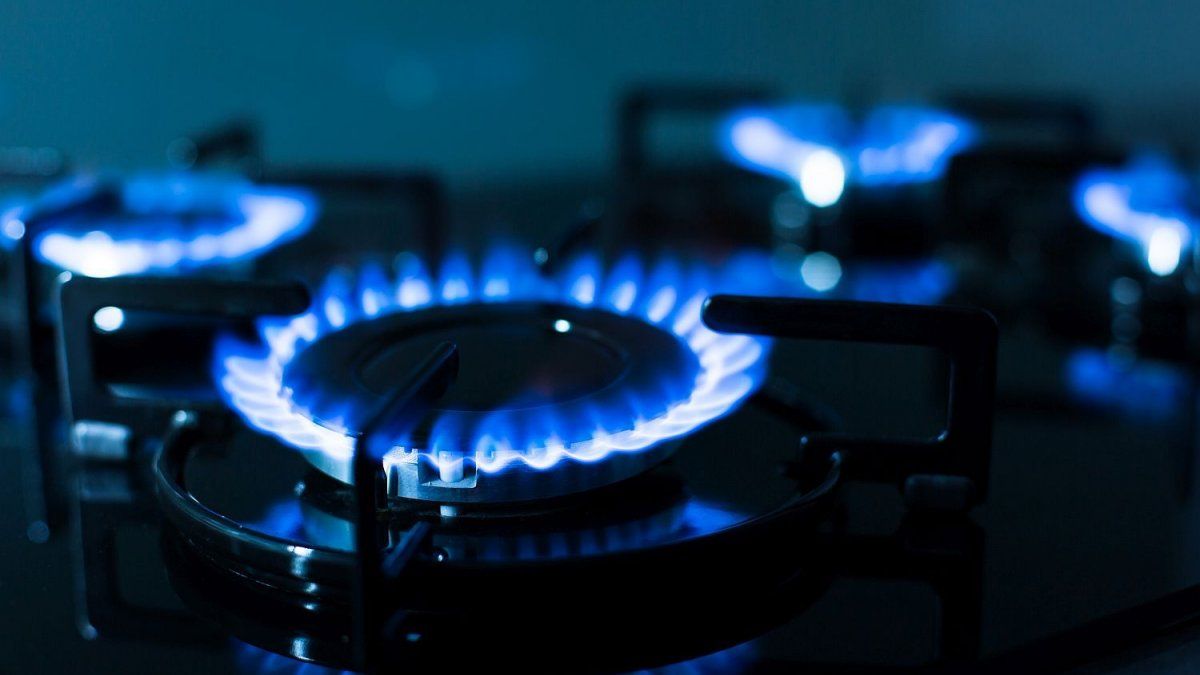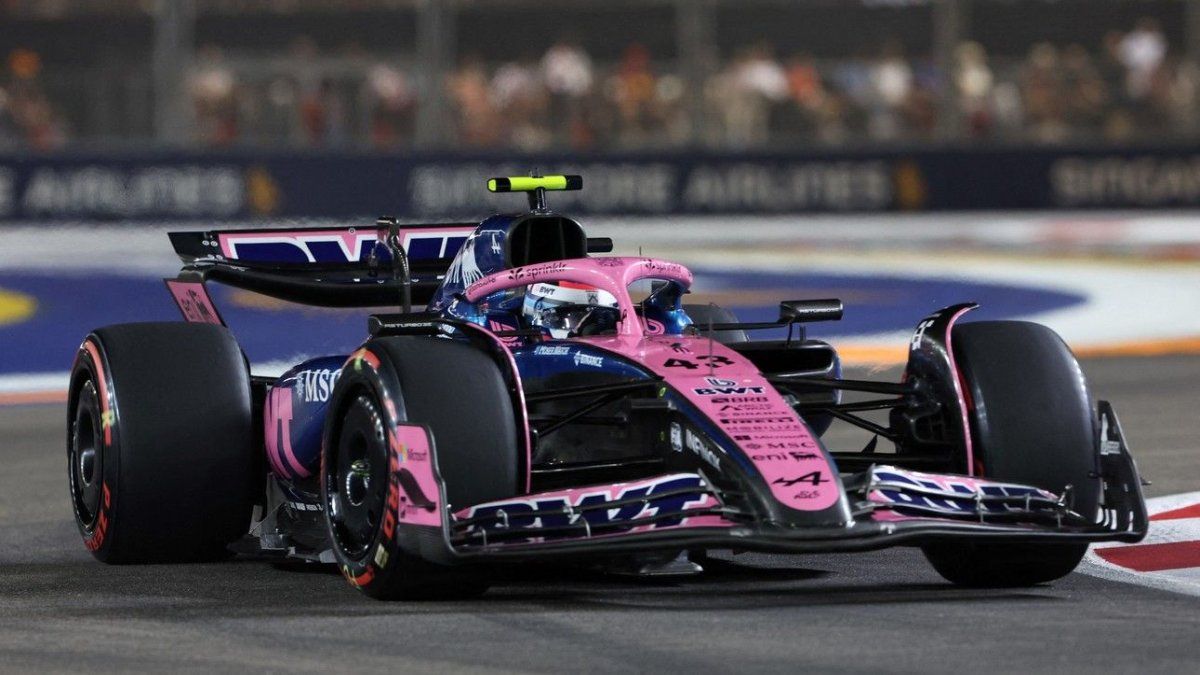It is due to a 6% drop in the price of gas for seasonal reasons and lower consumption due to higher temperatures during spring.
The national government is preparing a resolution to put into effect the new gas rates for the summer season. As far as he could know Energy Report, that measure will imply a 6% decrease in the price of gas. If we add a reduction in consumption due to spring temperatures, Starting in October, bills will arrive with an average reduction of 20% for home users.
The content you want to access is exclusive to subscribers.
The measure could be read as part of the ferocious plan of the Ministry of Economy to reduce inflation. But it’s not the right thing to do. This 6% drop in price is planned and regulated within the framework of the GasAr Plan. It’s inevitable. In fact, the Treasury looked in every corner for the possibility of avoiding updating summer rates with the intention of keeping them high and thus get more users to pay the “real value” of gas. Finally, and given the warnings received about the criminal consequences of that decision, in Economy they gave up.


The 6% decrease in the gas price at the Transportation System Entry Point (PIST) will be compensated with a 3% increase in gas transportation and distribution, the other two components of the ballot in addition to taxes. This adjustment is highly anticipated by the gas sector, since the previous month they were only allowed a 1% increase. In July they had received 4%.
The Government is convinced that “people understood that energy is no longer given away and that they must pay what it is worth.” They celebrate that this year will end with a sharp cut in subsidies on gas rates, of approximately one third. Of the US$1.8 billion of 2023 today only around US$650 million. The goal was to go down to US$380 million annually, but that goal – which the IMF also demands – passed by 2025.
The official data of the RASE subsidy registry indicate that as the number of high-income users who pay full rate increases (N1), more poor households receive subsidies (N2). From December 2023 to last July, some 110,000 gas users joined the subsidy program. Today, those who receive assistance from the State on their bills are just over 5.7 million, out of a total of 9.4 million registered in the RASE registry.
N2 households are those that have a subsidized consumption block, which varies depending on the month of the year, to which a 64% discount is applied with respect to what N1 households pay. If you exceed that consumption block (in June it was 143 cubic meters), you start paying the full rate.
The latest report from the Interdisciplinary Institute of Political Economy (IIEP), of the UBA and Conicet, revealed that N1 users already pay 73% of the total cost of gas consumed, while middle-income users (N3) do not exceed 33% and N2 users pay barely a quarter (25%). In Economy they assure that on average only 57% of the real value of gas is paid. In this context, it was known that the bad debt rate does not fall below 95%, only 2 points below the usual level.
The IIEP also revealed that Today an average gas bill is around $28,000 per month for a typical family.two adults and two minors. In December 2023, that same family paid $30,000 per month for electricity, gas, water and trips by public transport.
Source: Ambito
David William is a talented author who has made a name for himself in the world of writing. He is a professional author who writes on a wide range of topics, from general interest to opinion news. David is currently working as a writer at 24 hours worlds where he brings his unique perspective and in-depth research to his articles, making them both informative and engaging.




